
Lithium Battery Balancing Module Active Equalization Technique Offer Customization DM Brand
Professional R&D Team
We are a focus on manufacture of off-grid inverters team with professional R&D capabilities.
Strict Quality Control
We have strict quality control to ensure that each inverter passes the aging quality test before delivery.
Assured Service
We offer after-sales video guide maintenance,response within 24 hours.
- DM
- shandong, China
- 15 days
- 100pcs/month
- Information


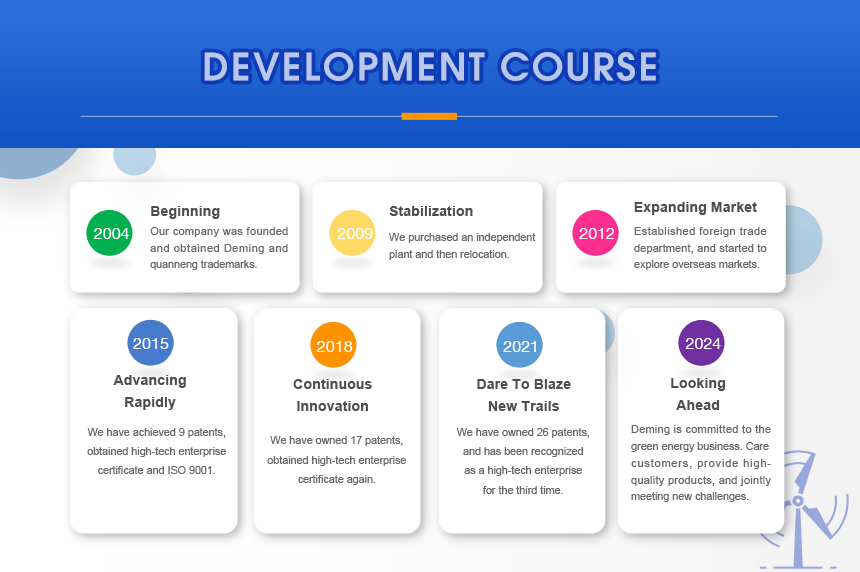

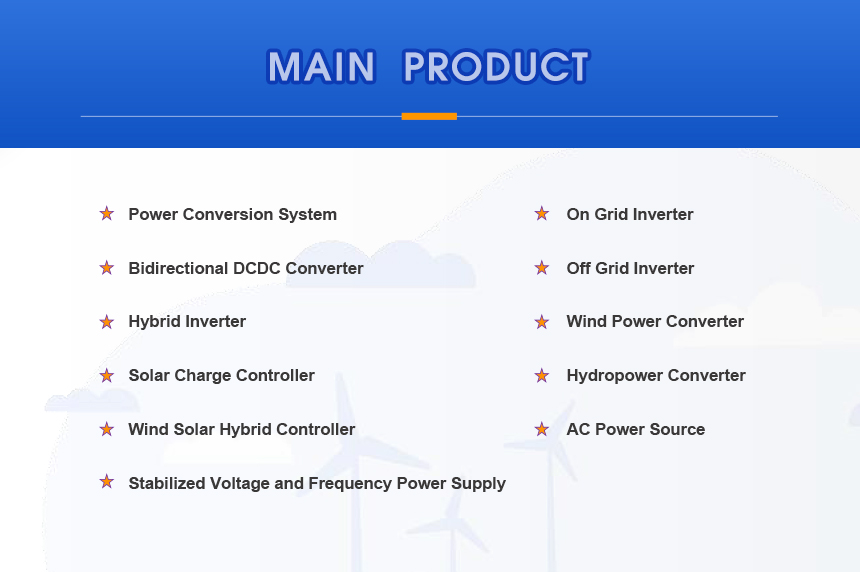

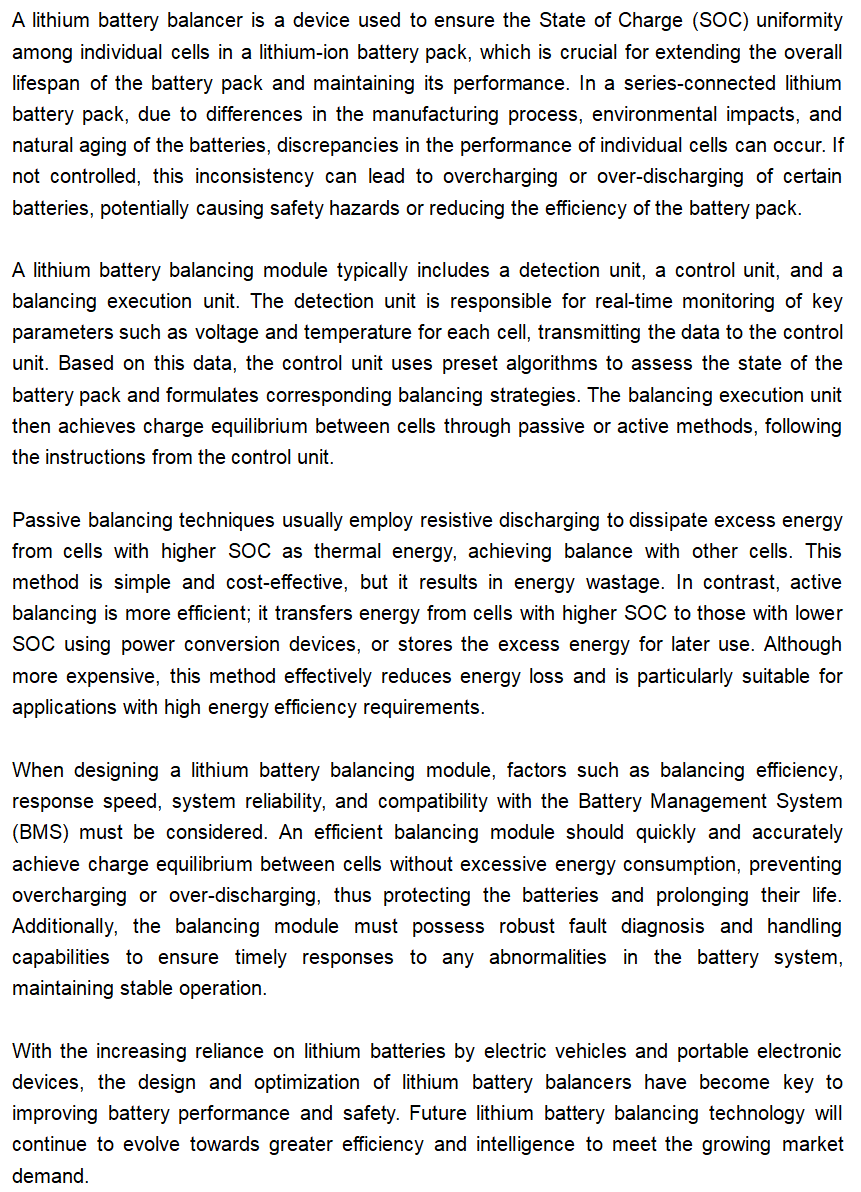


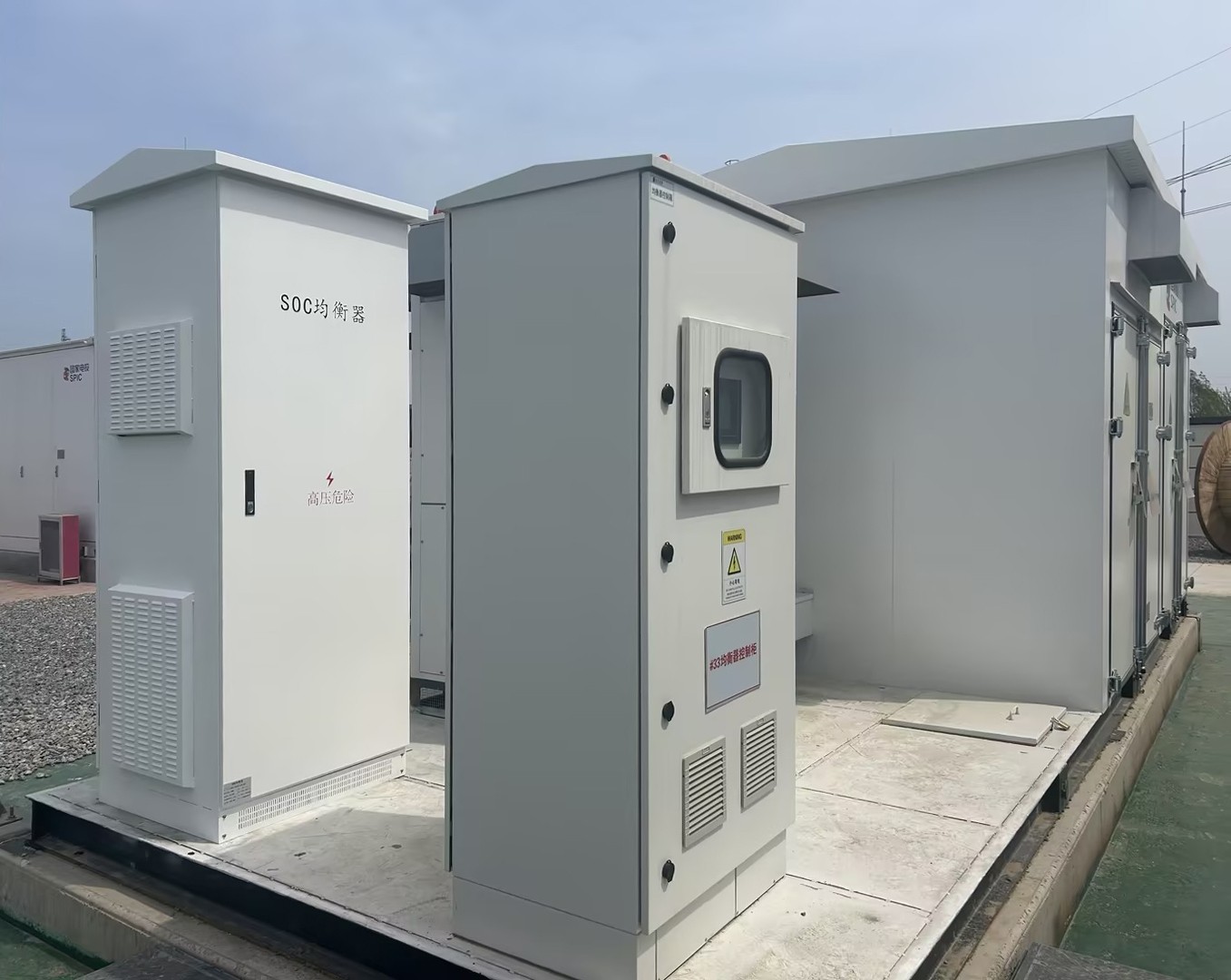
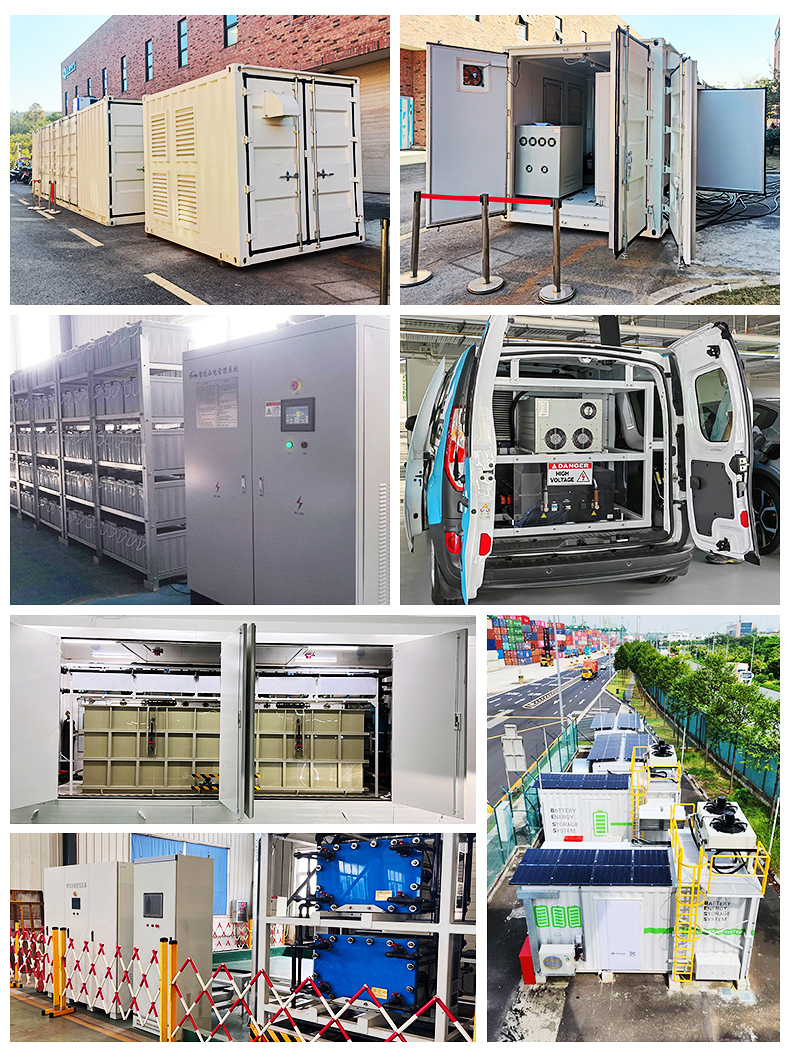

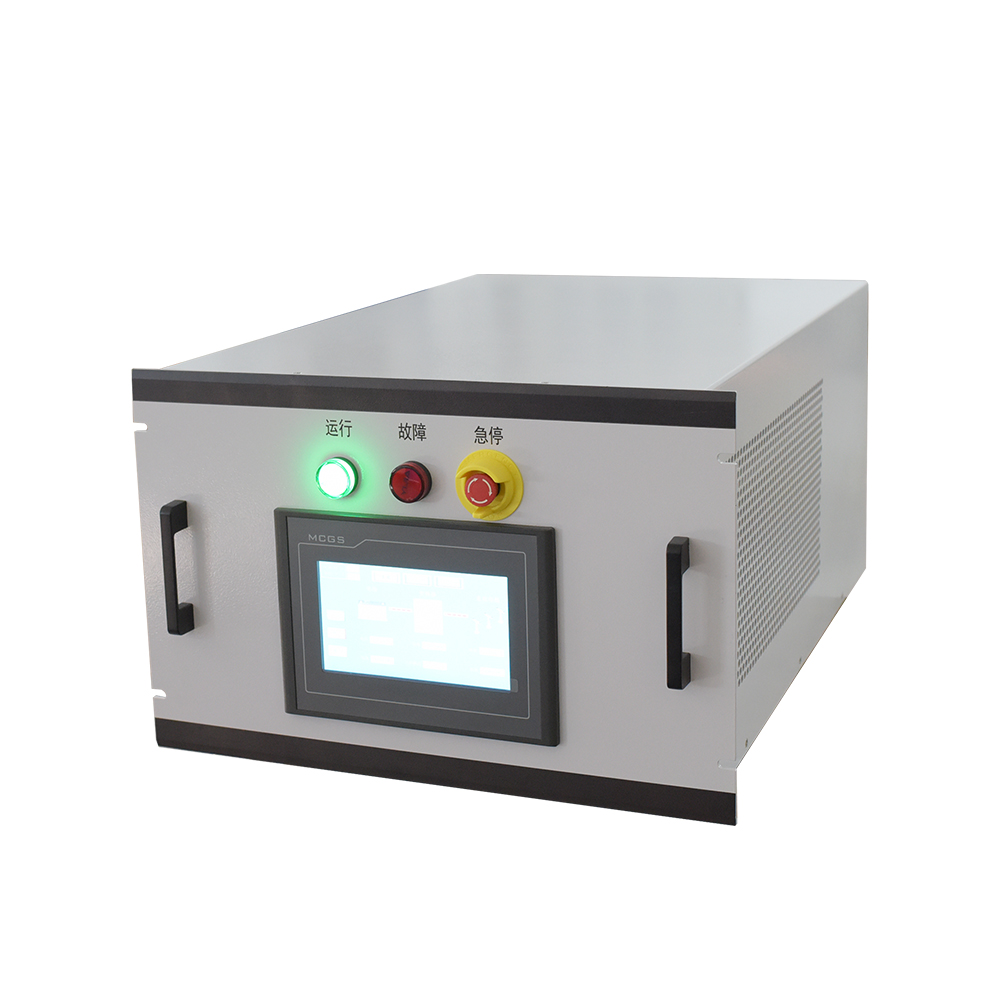



A lithium battery balancer is a device used to ensure the State of Charge (SOC) uniformity among individual cells in a lithium-ion battery pack, which is crucial for extending the overall lifespan of the battery pack and maintaining its performance. In a series-connected lithium battery pack, due to differences in the manufacturing process, environmental impacts, and natural aging of the batteries, discrepancies in the performance of individual cells can occur. If not controlled, this inconsistency can lead to overcharging or over-discharging of certain batteries, potentially causing safety hazards or reducing the efficiency of the battery pack.
A lithium battery balancing module typically includes a detection unit, a control unit, and a balancing execution unit. The detection unit is responsible for real-time monitoring of key parameters such as voltage and temperature for each cell, transmitting the data to the control unit. Based on this data, the control unit uses preset algorithms to assess the state of the battery pack and formulates corresponding balancing strategies. The balancing execution unit then achieves charge equilibrium between cells through passive or active methods, following the instructions from the control unit.
Passive balancing techniques usually employ resistive discharging to dissipate excess energy from cells with higher SOC as thermal energy, achieving balance with other cells. This method is simple and cost-effective, but it results in energy wastage. In contrast, active balancing is more efficient; it transfers energy from cells with higher SOC to those with lower SOC using power conversion devices, or stores the excess energy for later use. Although more expensive, this method effectively reduces energy loss and is particularly suitable for applications with high energy efficiency requirements.
When designing a lithium battery balancing module, factors such as balancing efficiency, response speed, system reliability, and compatibility with the Battery Management System (BMS) must be considered. An efficient balancing module should quickly and accurately achieve charge equilibrium between cells without excessive energy consumption, preventing overcharging or over-discharging, thus protecting the batteries and prolonging their life. Additionally, the balancing module must possess robust fault diagnosis and handling capabilities to ensure timely responses to any abnormalities in the battery system, maintaining stable operation.
With the increasing reliance on lithium batteries by electric vehicles and portable electronic devices, the design and optimization of lithium battery balancers have become key to improving battery performance and safety. Future lithium battery balancing technology will continue to evolve towards greater efficiency and intelligence to meet the growing market demand.
























